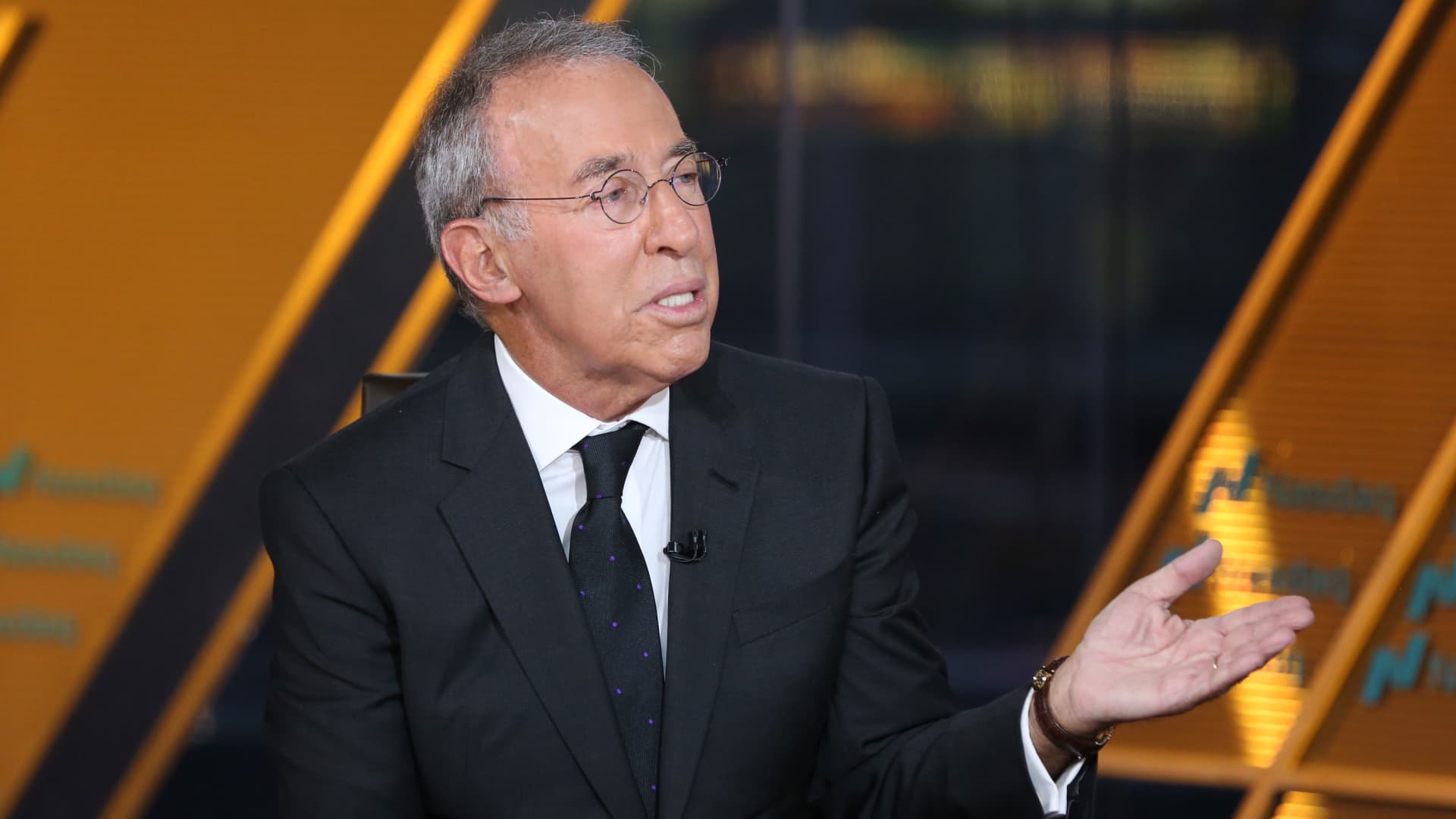Averaging Down: What It Is and When to Use It
First, determine the reason for the fall in stock price
Reviewed by Charles Potters
Fact checked by Amanda Jackson
When following the average down strategy, investors consider two factors when deciding whether to purchase additional shares of a stock that’s falling in price. They add more to a good position when prices are relatively cheaper but they may be compounding a losing position. Should they buy the dip?
Key Takeaways
- Averaging down is a strategy to buy more of an asset as its price falls, resulting in a lower overall average purchase price.
- Averaging down is sometimes known as buying the dip.
- Adding more shares increases risk exposure.
- Inexperienced investors may be unable to differentiate between a value and a warning sign when share prices drop.
What Is Averaging Down?
Buying more shares at a lower price than an investor previously paid is known as averaging down or lowering the average price at which they purchased a company’s shares.
Say an individual bought 100 shares of XYZ Company at $20 per share. The average price per share would be $15 if the stock fell to $10 and they bought another 100 shares, essentially decreasing the price originally paid by $5. This is sometimes called “buying the dip.”
There’s an equal loss on the original stock, however, even though the average purchase price would have gone down. A $10 decrease on 100 shares renders a total loss of $1,000. Purchasing more shares to average down doesn’t decrease an investor’s loss.
Note
Averaging down is considered to be a value-oriented investing strategy.
Investment Timing
The average investor may be unable to distinguish between a temporary drop in price and a warning signal that prices are about to go much lower. Buying additional shares to lower an average cost of ownership might not be a good reason to increase the percentage of the investor’s portfolio exposed to the price action of that one stock.
Investors who follow carefully constructed models they trust might find that adding exposure to an undervalued stock using careful risk management techniques may represent a worthwhile opportunity over time.
Important
Averaging down is similar to dollar-cost averaging (DCA), an investment strategy where you divide up the total amount to be invested across periodic purchases. New purchases are only made on dips with averaging down.
Use This in Real Life
Investors should always evaluate the company they own and determine the reasons for any fall in stock price. Buying more shares may prove wise if the market is overreacting to something. A lower share price may be a great opportunity to scoop up more stock at a bargain if there’s been no fundamental change to the company.
Begin your trading day with a fundamental assessment of these factors. What happened to affect the price? Why did it happen? Averaging down works best when you have all available information at your fingertips.
When Is Averaging Down a Good Idea?
An averaging down strategy works best when investors are confident that an investment is a long-run winner. Buying the dips helps accumulate a position at progressively better prices, making profit potential greater.
Can Investors Lose Money When Averaging Down?
Yes. They’ll hold a larger position at a loss if investors keep buying more shares of a stock and the price doesn’t bounce back.
What Is Averaging Up?
Averaging up involves buying more shares as a stock rises. This increases the average price paid for a position. Investors who buy into an uptrend can amplify returns. An average-up strategy could result in larger losses if the stock falls sharply from a peak, however, just like averaging down.
The Bottom Line
Buying more shares at a lower price than an investor previously paid is known as averaging down or lowering the average price. Investors should evaluate the reasons behind a stock’s price decline before buying the dip or averaging down.
Disclosure: Investopedia does not provide investment advice. Investors should consider their risk tolerance and investment objectives before making investment decisions.









